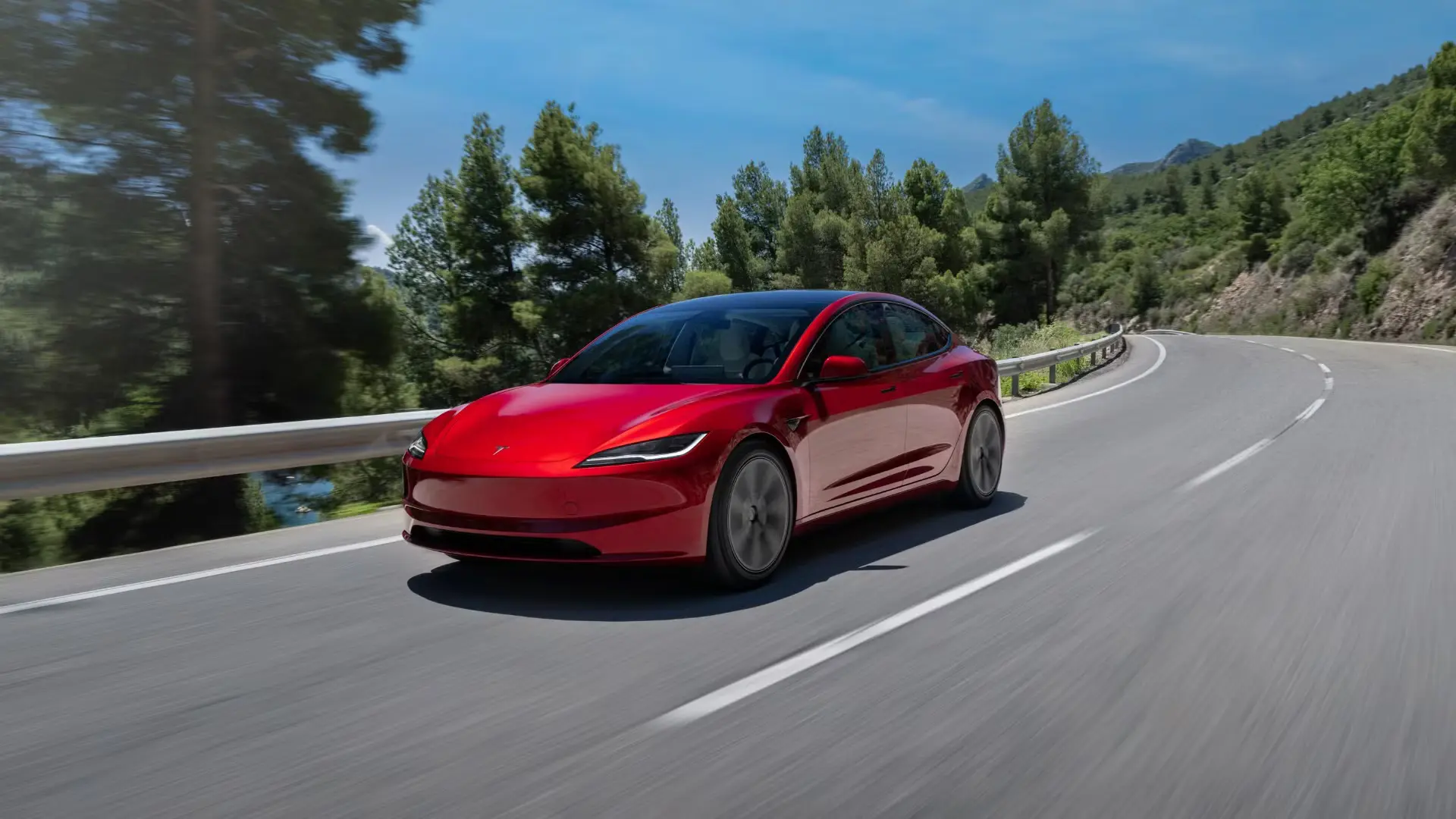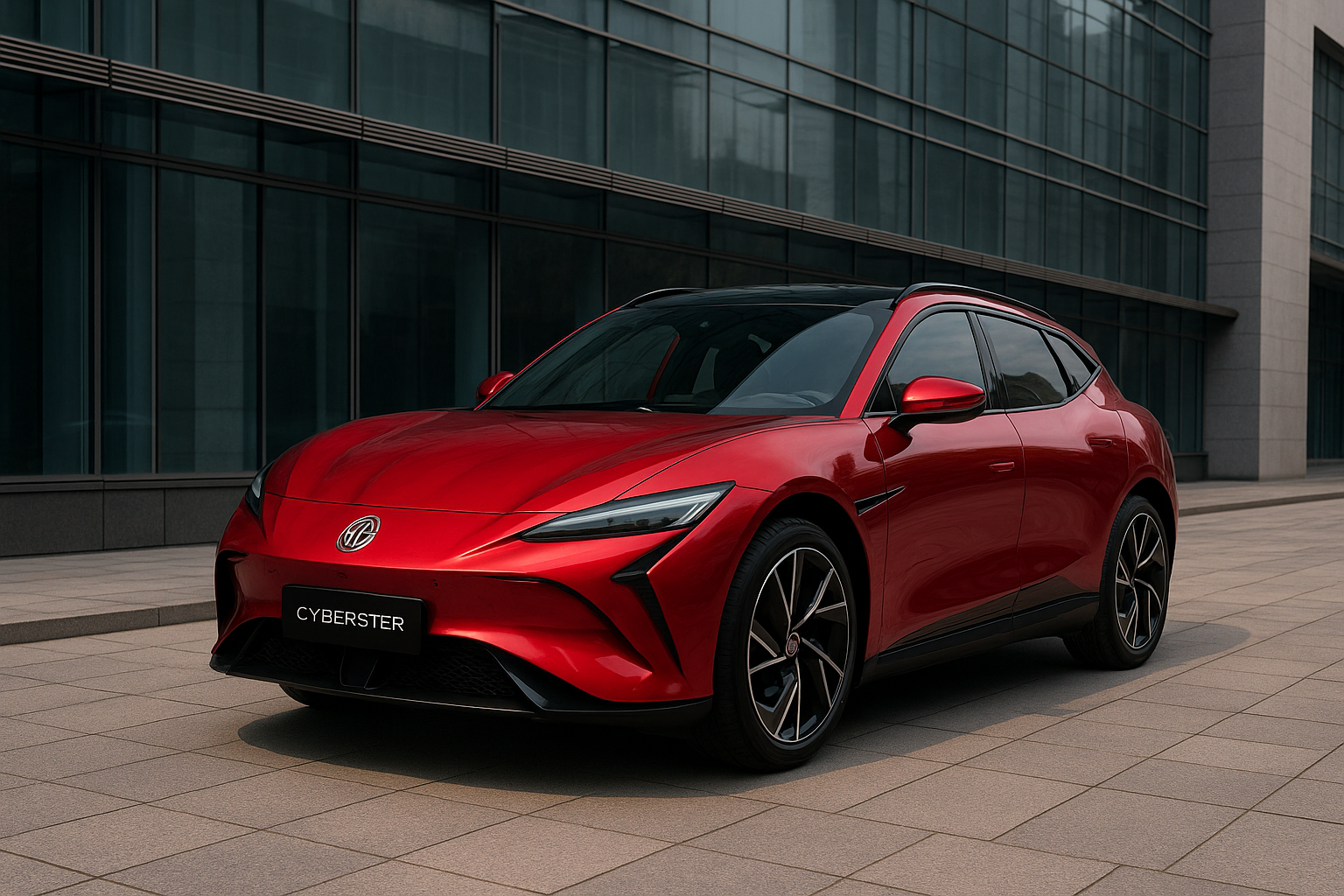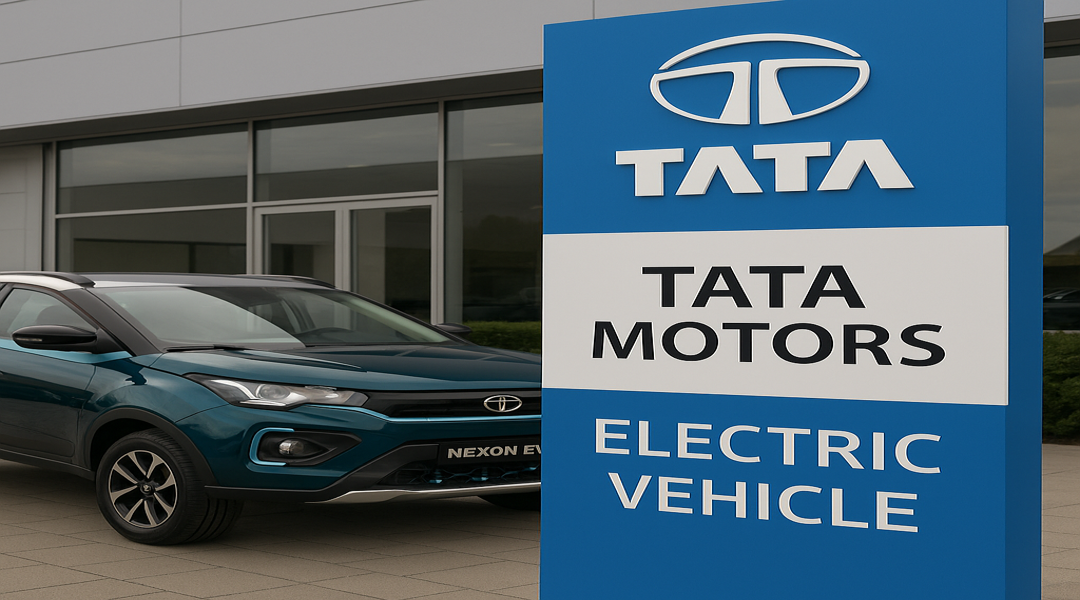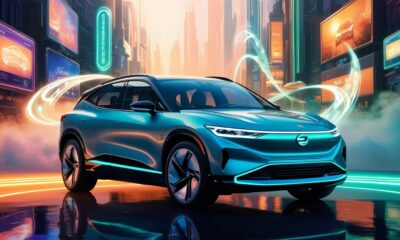EV news
Tesla Under Scrutiny for Alleged Misuse of Canada’s EV Rebates

Tesla has come under scrutiny in Canada after multiple reports suggested that the automaker manipulated the country’s electric vehicle rebate program to secure millions in government subsidies before the program was discontinued. Canadian authorities are now investigating an unusual spike in Tesla sales, particularly in British Columbia, just before the federal incentives for high-priced electric vehicles were abruptly halted.
British Columbia, Canada’s third-largest province by population, has taken action against Tesla by revoking subsidies for its chargers, batteries, and inverters. As of March 12, Tesla’s charging infrastructure is no longer eligible for rebates under BC Hydro’s incentive programs. This move is seen as part of the broader trade tensions between Canada and the United States, which have intensified following comments from U.S. President Donald Trump about using “economic force” to influence Canada. Canadian officials have been pushing back with countermeasures, including tariffs and other restrictions targeting American imports, with Tesla appearing to be a key focus.
The controversy surrounding Tesla’s alleged exploitation of the Canadian EV rebate program gained traction following an unexpected surge in sales in early January. According to reports, Tesla sold over 8,600 vehicles in Canada within just three days, leading to a staggering $43 million in government rebates. One location in Toronto alone reportedly processed 1,200 vehicle registrations on January 11, resulting in nearly $4 million in incentives.
The Canadian Automobile Dealers Association (CADA) and other industry stakeholders have raised concerns, claiming that Tesla registered a large number of vehicles just before the federal government halted the Incentives for Zero-Emission Vehicles (iZEV) program for premium electric cars. The iZEV program, introduced in 2019 by Transport Canada, was designed to encourage EV adoption by offering up to $3,500 in rebates at the point of sale for qualifying electric and plug-in hybrid vehicles. Since its launch, the program has supported more than 500,000 EV purchases.
However, critics argue that Tesla took advantage of the system by accelerating registrations in the final days before the program was suspended. Reports suggest the automaker may have secured as much as $90 million in subsidies before the government stopped funding incentives for higher-priced EVs. This has frustrated many Canadian auto dealers, who claim that Tesla’s actions drained the rebate fund, leaving little for other manufacturers and consumers.
The suspension of the iZEV program was officially announced on January 13, just 72 hours after government officials hinted at a possible pause. The abrupt end left many buyers and dealers scrambling, with some accusing Tesla of deliberately front-loading sales to maximize government rebates before they were withdrawn.
Tesla’s stock has already seen a sharp decline in 2025, with shares plummeting nearly 40% amid falling European sales. The automaker has also been dealing with regulatory challenges in multiple markets, including increased scrutiny over its pricing strategies, government incentives, and supply chain practices.
With the Canadian government now investigating the rebate program’s final days, the controversy is likely to grow. The findings of the inquiry could have significant implications, not just for Tesla but for how EV incentives are structured and regulated in Canada going forward.
Article By
Sourabh Gupta
Blog
MG’s Cyberster: India’s Upcoming Premium Electric SUV Set to Launch in July 2025

A Bold Step Into India’s Luxury EV Market
So, MG is about to bring out something pretty cool — the Cyberster, a premium electric SUV, expected to launch around July 2025. It’s their way of stepping up in India’s electric vehicle game and offering something that’s not just green, but also stylish and packed with tech.
EVs are getting popular here, and MG wants to be part of that wave, especially for folks who want a good-looking, comfy ride that’s loaded with modern features.
Striking Design Meets Cutting-Edge Technology
We don’t have all the info yet, but the Cyberster looks sharp. Think sleek and sporty, something that’ll catch eyes on the road.
Inside, expect lots of screens, smart features, and safety tech — basically, everything you’d want to make your drive smooth and fun. Whether it’s a quick city run or a weekend escape, this car’s aiming to make every trip enjoyable.
Performance That Packs a Punch
If you’re paying for a premium electric SUV, you want it to perform, right? While details are still under wraps, MG usually doesn’t disappoint. Expect a good driving range and enough power to make driving fun.
And with fast charging, you won’t be stuck waiting around forever — a big plus for busy folks.
What the Cyberster Means for Indian Consumers
This car means more choice for buyers who want a premium EV. The market is heating up, and it’s great because it gives you options that fit your style and budget.
MG is known for giving good value, so this might be a premium ride without the crazy premium price tag.
Growing Competition: A Win for Buyers
More companies entering the EV space means the competition’s getting fierce — Tata, Mahindra, Hyundai, and now MG all want your attention.
That means better cars, better prices, and more charging stations popping up, making EVs easier to own.
MG’s Vision for India’s EV Future
The Cyberster is just the start for MG. They’re clearly aiming to be a big player in India’s EV scene by giving buyers stylish, tech-packed cars.
As India moves toward greener transport, cars like this will help make electric vehicles the new normal.
Article By
Sourabh Gupta
Blog
India’s EV Market Heats: More Players, More Competition

The Electric Vehicle Battle Is Just Getting Started
You know how things are changing fast with electric vehicles here in India? Well, it’s no longer just a couple of companies in the game. Tata and Mahindra have been leading for a while, but now Maruti, Toyota, and Hyundai are jumping in too. It’s turning into a proper race, and that’s great news for anyone thinking about buying an EV.
More players mean more choices, and when companies compete, it usually means better deals and cooler cars for us.
New Entrants Bring Fresh Energy
Maruti Suzuki is like the go-to brand for most Indian families because their cars are affordable and reliable. Now, if they start selling EVs, it’s going to make electric vehicles a lot more reachable for everyday folks.
Then you have Toyota and Hyundai, which have been working on electric cars globally for years. They’re bringing that know-how to India, which means better technology and cars designed to handle our roads and conditions.
This fresh blood is going to push everyone to do better, which is a win for all of us.
What This Means for Consumers
For buyers, this is the best time to consider an EV. You’ll get a wider choice of vehicles — from simple and affordable models to fancy ones packed with features.
Also, with so many companies competing, expect better batteries that last longer, faster charging times, and prices that won’t scare you away.
Charging stations will become more common, making it easier to own and use an EV without stress.
Challenges for Established Players
Tata and Mahindra have done well so far, but now the heat’s on. They’ll need to keep improving their cars and customer service to stay ahead.
More competition means prices might get friendlier, and cars will keep getting better, which is good news for everyone.
The Road Ahead: A Win for India’s Green Future
All this competition will speed up EV adoption, which means cleaner air and less pollution.
With more companies investing in EVs, we’ll see more charging points, better batteries, and more jobs related to green technology.
The future looks electric, and it’s shaping up to be an exciting ride.
Article By
Sourabh Gupta
Blog
Tata Motors Sets Sights on Dominating 50% of India’s EV Market

A Bold Ambition in a Growing Industry
Tata Motors isn’t just aiming to be in the EV race — they want to lead it. A recent ET Auto report says Tata wants to grab half of India’s electric vehicle market, which is a pretty big deal.
India’s EV scene is growing fast. More people are thinking about electric cars because petrol prices keep climbing, and folks want cleaner air. With all this happening, Tata’s shooting for the top spot, wanting to hold a massive share of the market.
Where Tata Motors Stands Today
Right now, Tata is the go-to name when it comes to EVs in India. The Nexon EV is one of the best-selling electric SUVs in the country. They’ve also got other models like the Tiago EV and Tigor EV that cover different budgets and needs.
But Tata knows it can’t just sit back and relax. Other brands like Mahindra, MG, and Hyundai are also pushing hard. Tata’s got to keep coming up with new stuff and get better if they want to stay ahead.
How Tata Plans to Achieve Its 50% Goal
So, how do they plan to take over half the market? They’ve got a few things lined up:
Expanding Its EV Lineup
Tata’s working on some cool new electric cars like the Harrier EV, Curvv EV, and the fancy Avinya. These options will give customers more choices, whether they prefer something small and practical or large and luxurious.
Building More Charging Stations
One of the biggest worries about EVs is charging. Tata’s working with Tata Power to set up more chargers across cities and towns. The easier it is to charge, the more people will want to buy EVs.
Making Batteries in India
Batteries are the priciest part of EVs, and importing them adds to the cost. Tata wants to make batteries right here in India, which should help bring prices down.
Going After Fleets and Government Buyers
Tata’s not just focusing on people buying cars for themselves. They’re also selling EVs to taxis, delivery companies, and government fleets. That’s a smart move because these buyers buy in bulk.
Challenges Ahead
It won’t be a smooth ride, though. Tata still has some bumps to cross:
- Battery supply might not always keep up with demand.
- Other companies are catching up fast.
- Not all towns have enough charging points yet.
- Convincing people outside cities to switch to EVs takes time.
The Road Ahead
Tata wants to own half of India’s EV market, and while that’s a huge goal, they have the right plan and the brand to pull it off. For buyers, this means better cars and more choices soon. For India, it’s a cleaner, greener future.
Article By
Sourabh Gupta
-

 Blog6 months ago
Blog6 months agoIndia’s Electric Vehicle Market Forecast to 2028 A Rapidly Growing Industry
-

 Blog12 months ago
Blog12 months agoTop 10 Electric Vehicles of 2024: A Comprehensive Guide
-

 Blog1 year ago
Blog1 year agoImpact of Electric Vehicles on the Environment and Pollution
-

 Blog12 months ago
Blog12 months agoTop 5 best electric vehicles Under $30,000: Affordable Choices for 2024
-

 EV news6 months ago
EV news6 months ago2025 Might Be the Time of EVs in India, Drove by SUV Dispatches
-

 Blog1 year ago
Blog1 year agoEV Charging Technology: Leading the Electric Vehicle Innovations in 2024
-

 EV news9 months ago
EV news9 months agoOla Electric Offers Massive Festive Discounts on Scooters Starting at ₹50,000
-

 Blog6 months ago
Blog6 months agoMahindra BE 6 An Intense Move toward the Fate of Electric Versatility




